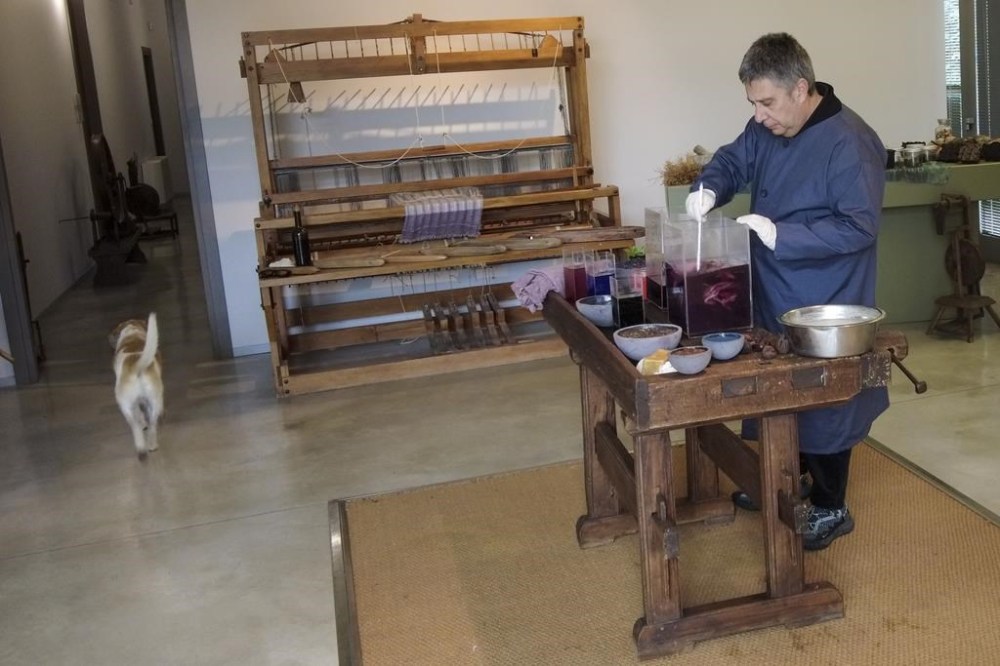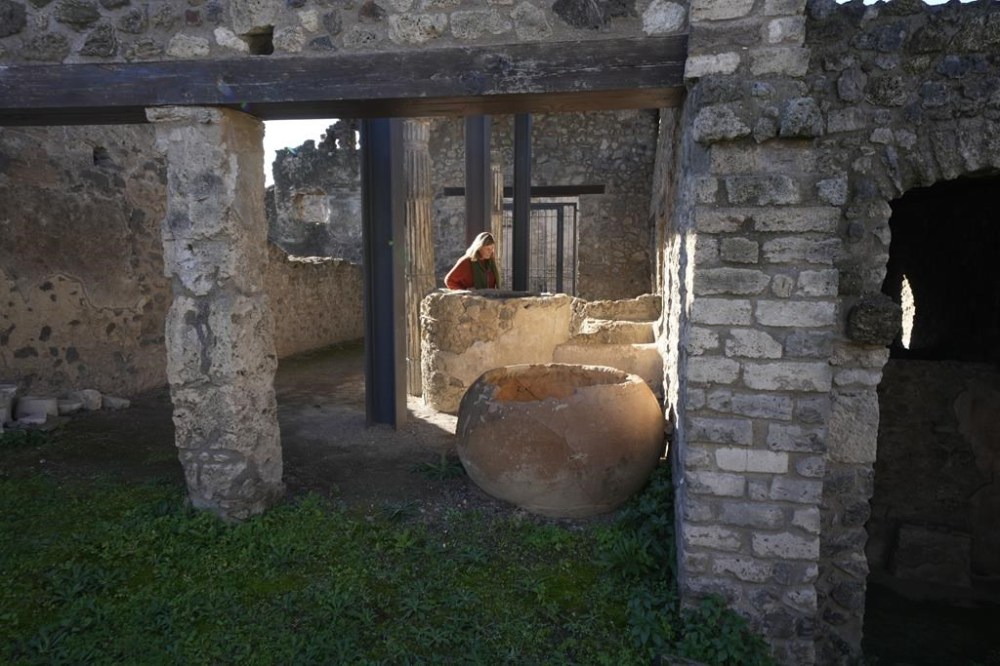Pompeii’s ancient art of textile dyeing is revived to show another side of life before eruption
Advertisement
Read this article for free:
or
Already have an account? Log in here »
To continue reading, please subscribe:
Monthly Digital Subscription
$0 for the first 4 weeks*
- Enjoy unlimited reading on winnipegfreepress.com
- Read the E-Edition, our digital replica newspaper
- Access News Break, our award-winning app
- Play interactive puzzles
*No charge for 4 weeks then price increases to the regular rate of $19.00 plus GST every four weeks. Offer available to new and qualified returning subscribers only. Cancel any time.
Monthly Digital Subscription
$4.75/week*
- Enjoy unlimited reading on winnipegfreepress.com
- Read the E-Edition, our digital replica newspaper
- Access News Break, our award-winning app
- Play interactive puzzles
*Billed as $19 plus GST every four weeks. Cancel any time.
To continue reading, please subscribe:
Add Free Press access to your Brandon Sun subscription for only an additional
$1 for the first 4 weeks*
*Your next subscription payment will increase by $1.00 and you will be charged $16.99 plus GST for four weeks. After four weeks, your payment will increase to $23.99 plus GST every four weeks.
Read unlimited articles for free today:
or
Already have an account? Log in here »
Hey there, time traveller!
This article was published 20/12/2023 (700 days ago), so information in it may no longer be current.
POMPEII, Italy (AP) — A new project inside the Pompeii archaeological site is reviving ancient textile dyeing techniques to show another side of daily life before the city was destroyed by a volcano in A.D. 79
The inspiration comes from frescoes unearthed inside the archaeological site that show winged cupids dyeing cloth, gathering grapes for wine and making perfumes.
“It is very close to the actual reality,” the archaeological site’s director, Gabriel Zuchtriegel, said of the images.

For the project, Zuchtriegel tapped a master dyer based in Umbria, Claudio Cutuli, who uses dyes that he makes from plants in his own clothing line.
Cutuli uses the root of “rubia tinctorum,” or rose madder, for the famous Pompeiian red. He uses walnut husks for brown, elderberries for black and gray and cardamom for the amber, yellow and shades of green.
With the Pompeiian color palette, Cutuli is dyeing scarves with motifs taken from the House of Vetti frescoes, which include the cupids. The rich home, like the rest of Pompeii, was buried under ash.
Half of the profits from the scarves’ sale will help fund further restoration efforts at the once-sprawling city, where gardeners recently recreated a nursery that includes plants that were used for dyeing before Pompeii’s destruction.
Garden historian Maurizio Bartolini said that roots, bark and flowers were often used in dyeing. Rosehip, for example, made a soft pink “that was one of the most used colors,’’ he said.
Frescoes in the archaeological site show wealthy Pompeiians dressed brightly in purple, green, pinks, blues and yellows. The hues were achieved by boiling the dyed textiles in metal-lined vats at workshops run by slaves who, by contrast, wore plain, brown tunics.

“It’s quite unpleasant conditions for the slaves who worked here,” archaeologist Sophie Hay said. “You have got the furnaces going, and it would be hot, crowded and noisy, because people would be shouting when they come in to see if their stuff is ready yet.”
For Zuchtriegel, textile dyeing is another way to bring Pompeii back to life for modern visitors.
“It is part of a scientific and cultural project to create awareness that history is not only the big monuments and beautiful paintings,” he said. “There’s also another history, of the economy, the daily life, the lives of the majority which often are not represented in the great narratives.”

